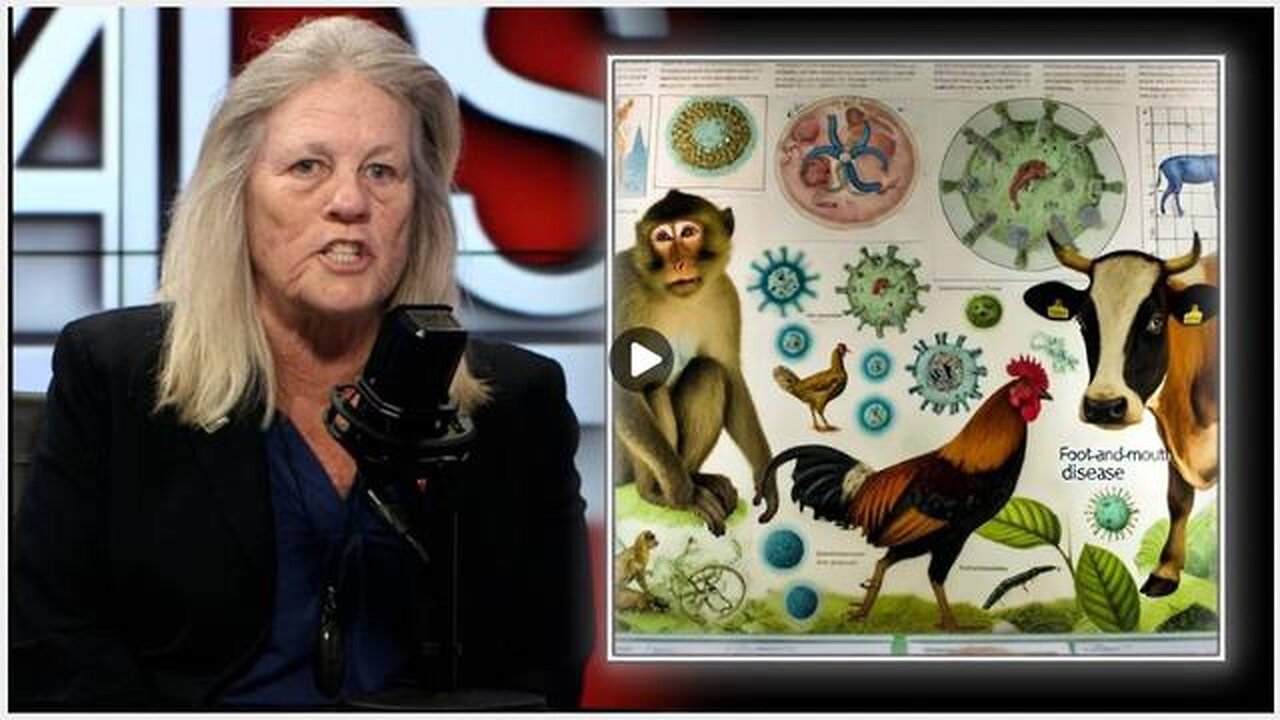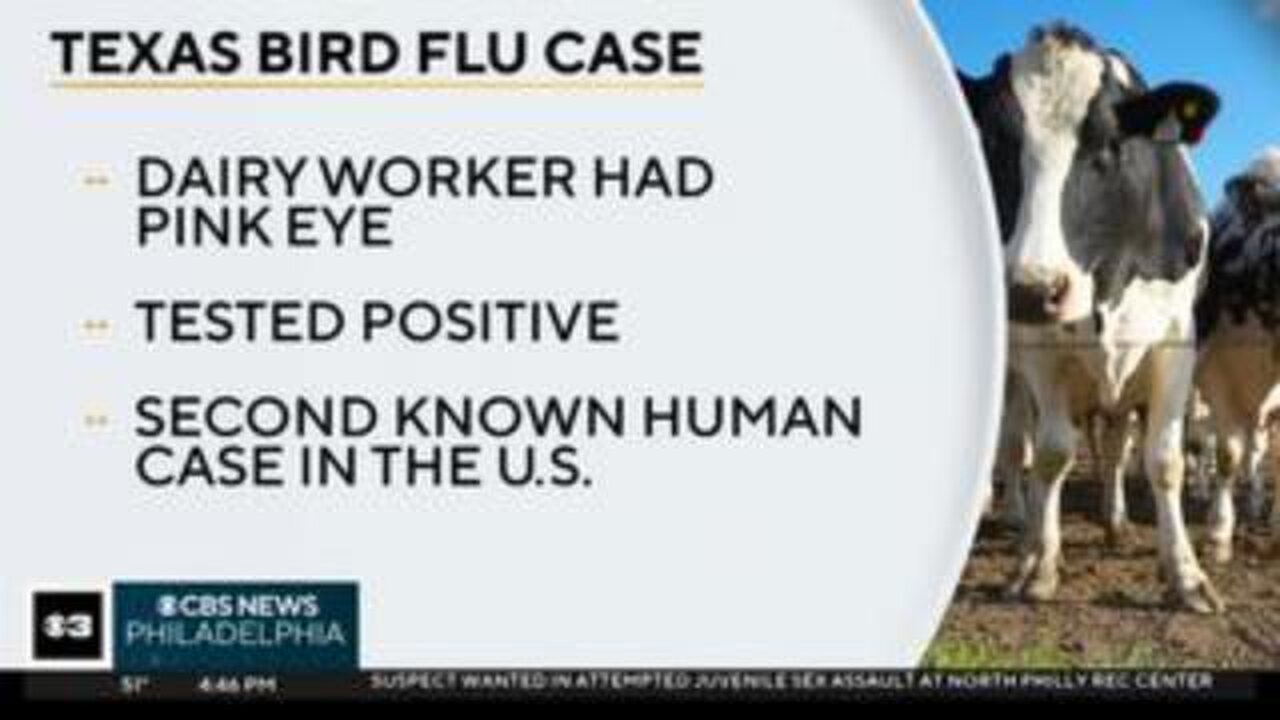The Effect of Postsecondary Institutions on Local Economies: A Bird’s-Eye View | Hoover Institution
Eric Bettinger, senior fellow (joint) at the Hoover Institution and the Conley-DeAngelis Professor of Education in the Graduate School of Education at Stanford University, discussed “The Effect of Postsecondary Institutions on Local Economies: A Bird’s-Eye View,” a paper with Patrick Lehnert (University of Zurich), Uschi Backes-Gellner (University of Zurich), and Madison Dell (Tennessee Board of Regents). PARTICIPANTS Eric Bettinger, John Taylor, Joshua Aizenman, Uschi Backes-Gellner, Patrick Biggs, Michael Boskin, John Cochrane, Bradley Combest, Steven Davis, Sami Diaf, Eric Hanushek, Michael Hartney, Kevin Hassett, Evan Koenig, David Laidler, Patrick Lehnert, Hans Lueders, Livio Maya, Michael Melvin, Axel Merk, Dinsha Mistree, David Neumark, Radek Paluszynski, Elena Pastorino, Valerie Ramey, Madison Reel, Richard Sousa, Yevgeniy Teryoshin, Eric Wakin ISSUES DISCUSSED Eric Bettinger, senior fellow (joint) at the Hoover Institution and the Conley-DeAngelis Professor of Education in the Graduate School of Education at Stanford University, discussed “The Effect of Postsecondary Institutions on Local Economies: A Bird’s-Eye View,” a paper with Patrick Lehnert (University of Zurich), Uschi Backes-Gellner (University of Zurich), and Madison Dell (Tennessee Board of Regents). John Taylor, the Mary and Robert Raymond Professor of Economics at Stanford University and the George P. Shultz Senior Fellow in Economics at the Hoover Institution, was the moderator. PAPER SUMMARY Postsecondary institutions affect the economy of the area around them, but the question is how. In the early 2000s, the United States experienced a rapid increase in both the number of students attending college and the number of branch campuses serving these students. We examine branch campus openings that took place in two states, Tennessee and Texas, that are representative of the underlying patterns in the nation as a whole. We provide estimates of the impacts of these branches campuses on local economic conditions. Because the impacts of these branch campuses could be more localized than county- or state-level data might reveal, we use satellite images to construct otherwise unavailable measures of economic development around these small branch-campus regions. We find a clear positive association. In Tennessee, this effect seems to be driven largely by two-year campuses, while the effect is higher for four-year campuses in Texas. As the location of new branch campuses is likely endogenous to local economic conditions, simple estimates may not reflect a causal effect. For Texas, we are able to use an instrumental variable to estimate causal effects. Our instrument takes advantage of local taxing regulations that likely influence the decision to open a branch campus in certain locations but not the local economic conditions. Using this exogenous variation, we find an even larger positive effect. Given that many states use higher education as a strategy to induce economic growth, particularly in rural areas, this paper contributes some of the first empirical estimates of the impact of campus openings on regional economic activity and offers perspectives on using this approach as an economic development tool. To read the paper, click the following link https://www.hoover.org/sites/default/files/2023-11/Lehnert%20et%20al_20231025_clean_0.pdf To read the slides, click the following link https://www.hoover.org/sites/default/files/2023-11/HooverSlides_v01nov2023_0.pdf

















































